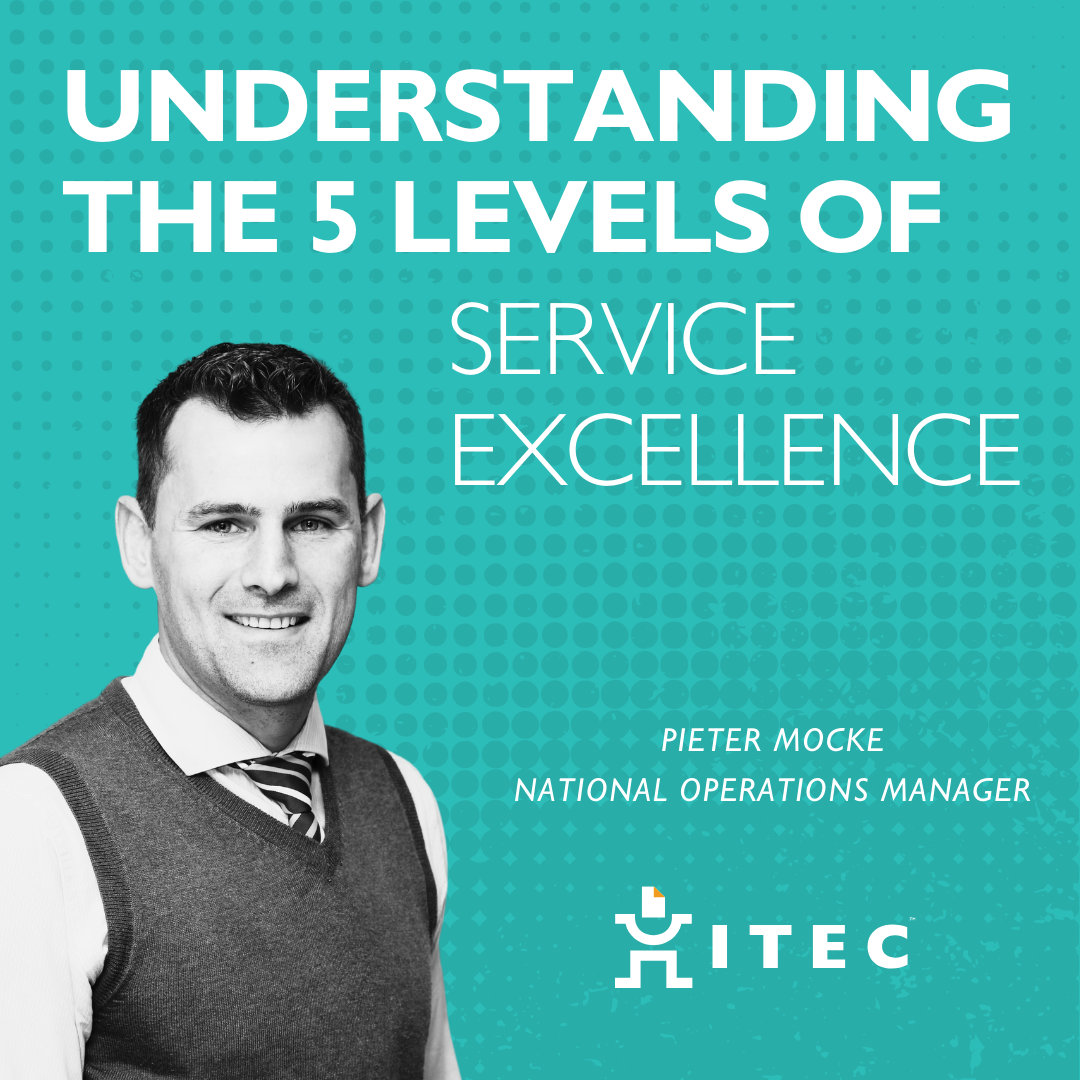The cloud does great things. But what is it?
You often hear about the cloud and its massive impact on business. It may already even be the home for some of your company’s technology operations, considering the savings and control it delivers.
All of us interact with the cloud every day, whether we know it or not. It is already the foundation 21st century technology is being built. The cloud is so potent that understanding it isn’t necessary to appreciate it. Yet once you grasp the true scope of this remarkable new source of power, you’ll see why it’s possible to reach for the moon like never before.
Cloud is everywhere: Gmail, Dropbox, Facebook and Snapchat can’t exist without it. Siri, Cortana, Google Assistant and Amazon’s Alexa wouldn’t either. Nor could the current levels of artificial intelligence and automation, the Internet of Things, Netflix, most apps on your phone, Uber, modern self-driving cars and predictive analytics or Big Data.
We are also seeing a mass migration of traditional systems onto cloud. Office365 is replacing traditional office software such as email, calendars, writing applications and spreadsheets. ERPs of every tier are now available in cloud flavours, and you are spoilt for choice among CRMs, payroll systems, telephony networks, backup services and more. The list grows every day and for good reason – because the cloud is incredible.
But what is it?
Look at your laptop. Has it ever struggled to run an application? Perhaps you were editing photos or playing a game. Hypothetically, if you were able to add the power of a second laptop to your system – just for that moment – would it have made a difference? Of course!
This is the principle of cloud. A cloud system resides in a data centre, where it accesses numerous servers. But unlike a normal computer setup, where each computer is recognised as an individual system, a cloud environment can consist of as many or as few machines as it needs for a task. It would be as if you tap into all the other laptops in the room when your machine required that extra bit of power. But once that need is gone, the power can be released and sent to other tasks.
Being able to offer computer power on-demand is a gamechanger. It means that servers can be used to their full capacity, and that future capacity is no longer a problem. This ruthless efficiency delivers tremendous scale, so much so that the costs of accessing IT resources have changed completely.
Take email as an example: you don’t need an email server, software or even desktop applications to access enterprise-grade and secure email services. All that can now exist within a pool of servers on a cloud data centre. You simply pay for the monthly license, which in the case of Office365 is as little as a burger lunch. You can use services on-demand, often referred to as ‘As-A-Service’, such as Software-as-a-Service (SaaS).
You can choose to run your business applications on the cloud. You can even choose to run your own hardware as an ultra-efficient and predictable cloud operation. Since everything in the cloud is more connected, you can easily start cross referencing and sharing across different applications. It is also more secure, since the size and speed of cloud creates the best security environments.
The cloud has radically transformed the cost landscape of technology, both in money and performance. It offers a bounty of choice. Start by looking at what roles cloud already plays in your daily life. Then talk to a leading technology integrator such as ITEC to explore what roles it can play in your business.
END











